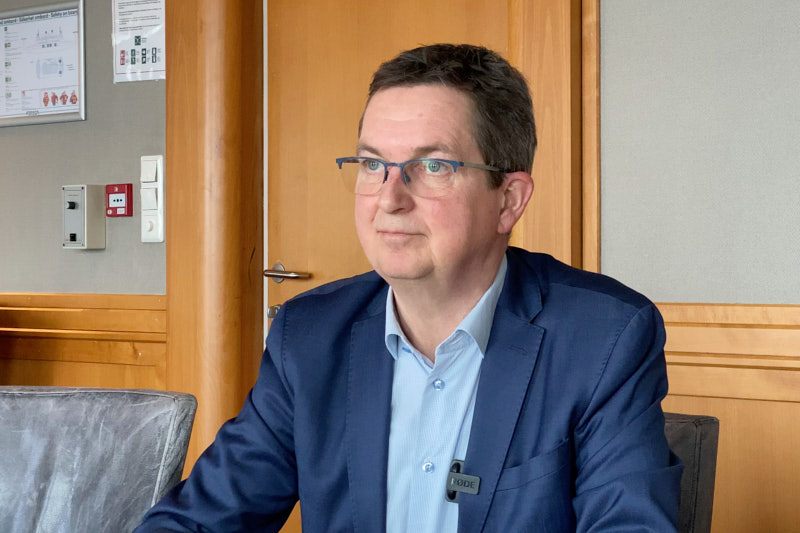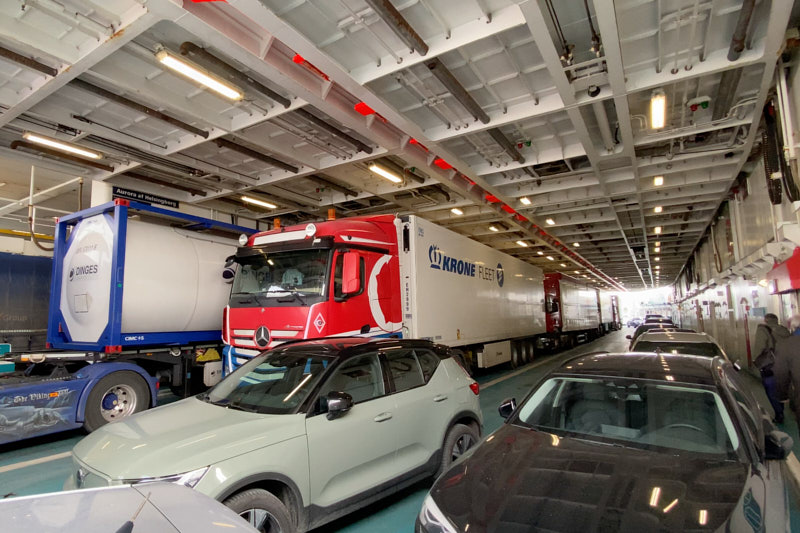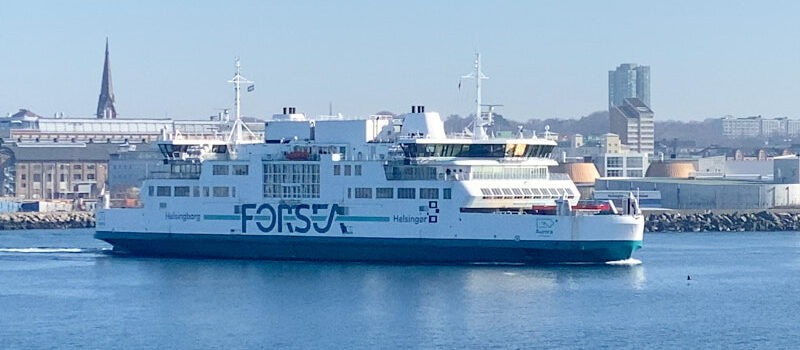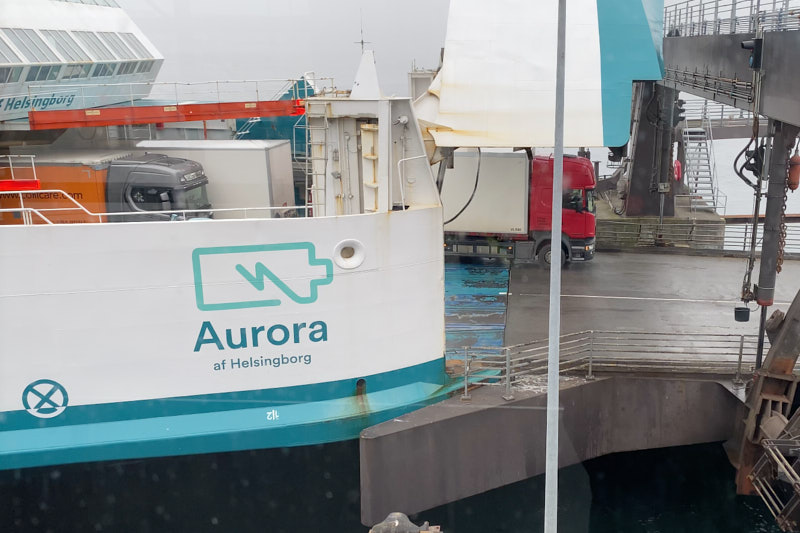How would you describe ForSea as a freight ferry operator?
Basically, we are a ‘floating bridge’. We unload and load a ferry within 6-9 minutes.
We only carry accompanied trailers and trucks.
We continue to focus on the environmental benefits by using our line compared to the road connection further south. The distance is shorter (50km). And our battery ferries offer a very good solution for customers who want to have a greener company profile.

How was 2021 on the freight side?
We had a fantastic freight year 2021. Some 450,000 trucks crossed with our ferries – the same volume as in 2018, which was our previous best year after we became independent in 2015.
Our freight volume compensated to a certain stage for the missing passengers due to Covid 19. In fact, during the pandemic, we converted one of our ferries from a passenger to a freight ferry. Because of this, we could continue to be the ‘floating bridge’ with departures every 15 minutes for the freight customers. We even extended our possibilities to carry hazardous cargo due to our dedicated freight ferry.

What was the reason behind the successful freight year?
Lack of capacity among our competitors is surely one of the reasons. The entire supply chain has been challenged during Covid. At the same time, we managed to depart with 99,81 % of our planned trips in 2021. That’s why our customers really rely on our service.
It’s not possible for our customers to book for a specific departure unless you carry hazardous cargo. But with very flexible online booking procedures, the drivers can check-in within a few seconds and drive on the next ferry.
Our sailing schedule is set up in a way so that we have almost no waiting time. We have the highest frequency whenever we have most trucks. And we sail a little less during the night when we have fever trucks.

Which challenges did you encounter?
One of our main challenges has been that it is very difficult to communicate with many of the drivers, as they do not speak English. We therefore installed new automatic check-in kiosks with 16 different languages. If the truck is prebooked, it is very easy for the driver to check in. And even if he has no booking, he also can use the self-service in his own language to check in.
What do you expect of 2022?
On the passenger side we expect to come back to 2019-level of activity. We are moving in this direction. Already on February 26, we experienced the best Saturday in February since 25 years, with more than 18k foot passengers.
For the freight business we expect the high volume from last year to continue. The entire logistic business experiences very difficult times with the new European mobility package which most likely will affect the lack of truckdrivers even more.
Increased fuel cost and inflation may have a negative result. However, our service can be part of the solution for our customers. The shorter distance both saves driving hours and gives the drivers a break on the way to their destination. The only way to have a faster service between Sweden and the European Continent is with airfreight, which is quite another and much more expensive product.

Have you made any special preparations for 2022 and onwards?
We will have TYCHO BRAHE operating on the new battery package in a few weeks. It will be the largest battery package on a ferry operating like ours, with 6,400 KWh. We thereby can reduce our CO2 emission by 70% compared to our pre-battery era.
Watch this interview on YouTube
Website ForSea Ferries
Peter Kesting will be a speaker in the ferry freight panel debate, at the Ferry Shipping Summit 2022.

